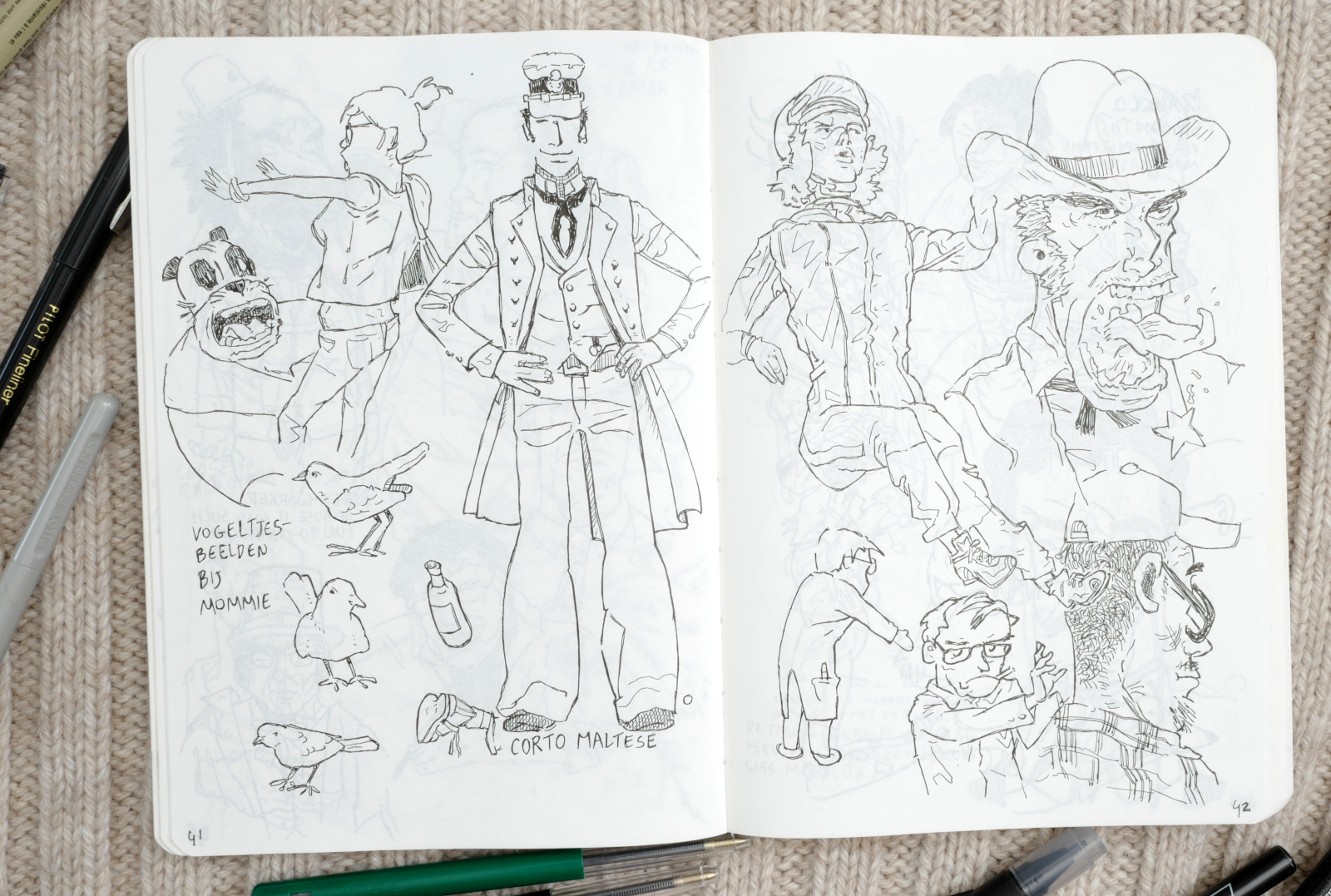#150 - What Artists Can Learn From Reading Comprehension
We can learn to learn by observing how children learn.I’m Dutch, so I’ll give you the Vs, but I’ll also translate. They also make sense for an artist to consider as they start drawing from reference. The Four Vs are Voorkennis (Prior Knowledge), Visualisatie (Visualization), Voorspelling (Prediction), and Vragen (Questions). The fifth one is Verbinden (Making Connections).
When you draw a new subject from, say, a reference, you can also go through these steps.
1. Voorkennis (Prior Knowledge): What do you know about the subject? If drawing a human, what is your knowledge of anatomy or folds in clothes, and what knowledge is relevant to the drawing? What do you bring to the table relating to composition?
2. Visualisatie (Visualization): Visualize the final outcome. (See my workbook if you want to improve at this!)
3. Voorspelling (Prediction): Determine a way to draw it that will lead to a result you intend or are pleased with.
4. Vragen (Questions): Are there things about the reference image that are unclear? Which aspects of it do you need to research more? Are there parts of anatomy you need more clarity on, or are there parts in the reference that are hidden and that you need to work out through sketches?
5. Verbinden (Making Connections): The one I added. This one is the basis of creativity. Can you combine it with something else? You could use some other reference to make it something new by changing an aspect of a model or adding an element like a prop.
It is helpful to consider these things before and while drawing, to step back and consider how these five Vs can help improve the drawing you are working on.
